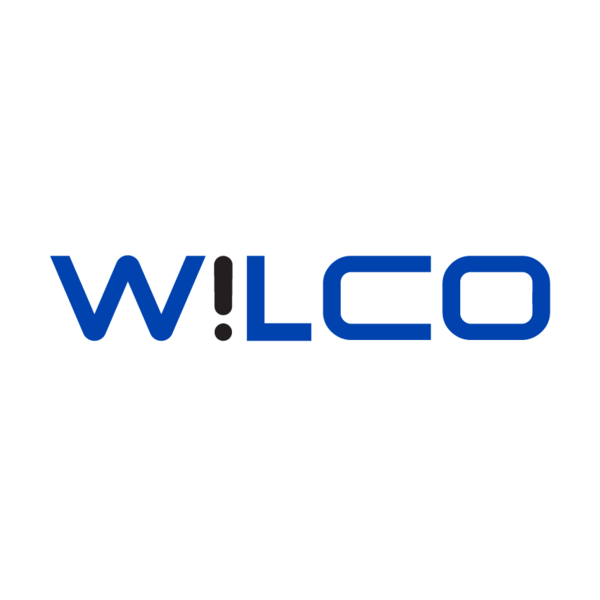WILCO Localizes Low-Dk CCL ‘NURI-35’ for Global Defense Export in Cheongung-II System (2025.06.17)
페이지 정보

본문

INVESTORS News


“윌코“(이하 “회사”)는 개인정보보호법에 따라 이용자의 개인정보 보호 및 권익을 보호하고 개인정보와 관련한 이용자의 고충을 원활하게 처리할 수 있도록 다음과 같은 처리방침을 두고 있습니다. 고객님의 정보는 개인의 소중한 자산인 동시에 회사 운영의 중요한 자료가 됩니다. 그러므로 회사는 운영상의 모든 과정에서 고객님의 개인정보를 보호하는데 최선의 노력을 다할 것을 약속드립니다. 회사는 개인정보처리방침을 개정하는 경우 웹사이트를 통하여 공지할 것입니다.
회사는 귀하께서 웹사이트의 개인정보보호방침 또는 이용약관의 내용에 대해 (동의한다)버튼 또는 (동의하지 않는다)버튼을 클릭할 수 있는 절차를 마련하여 (동의한다)버튼을 클릭하면 개인정보 수집에 대해 동의한 것으로 봅니다.
회사는 개인정보를 다음의 목적을 위해 활용합니다. 처리한 개인정보는 다음의 목적 이외의 용도로는 사용되지 않으며 이용 목적이 변경될 시 사전동의를 구할 예정입니다.
회사는 별도의 회원가입 절차 없이 대부분의 콘텐츠에 자유롭게 접근할 수 있습니다. 회원제 서비스를 이용하고자 할 경우 다음의 정보를 입력해주셔야 합니다.
회사는 개인정보 수집 및 이용목적이 달성된 후에는 해당 정보를 지체 없이 파기합니다.
단, 다음의 정보에 대해서는 아래의 이유로 명시한 기간 동안 보존합니다.
그리고 관계법령의 규정에 의하여 보존할 필요가 있는 경우 회사는 아래와 같이 관계법령에서 정한 일정한 기간 동안 회원정보를 보관합니다.
소비자의 불만 또는 분쟁처리에 관한 기록 : 3년 (전자상거래 등에서의 소비자보호에 관한 법률)
회사는 원칙적으로 개인정보 처리목적이 달성된 경우에는 지체 없이 해당 개인정보를 파기합니다. 파기의 절차, 기한 및 방법은 다음과 같습니다.
회원님이 회원가입 등을 위해 입력하신 정보는 목적 달성 후 별도의 DB로 옮겨져(종이의 경우 별도의 서류함) 내부 방침 및 기타 관련 법령에 의한 정보보호 사유에 따라(보유 및 이용기간 참조) 일정 기간 저장된 후 파기합니다. 별도 DB로 옮겨진 개인정보는 법률에 의한 경우가 아니고서는 보유 이외의 다른 목적으로 이용되지 않습니다.
이용자의 개인정보는 개인정보의 보유기간이 경과된 경우에는 보유기간의 종료일로부터 5일 이내에, 개인정보의 처리 목적 달성, 해당 서비스의 폐지, 사업의 종료 등 그 개인정보가 불필요하게 되었을 때에는 개인정보의 처리가 불필요한 것으로 인정되는 날로부터 5일 이내에 그 개인정보를 파기합니다.
전자적 파일 형태의 정보는 기록을 재생할 수 없는 기술적 방법을 사용합니다.
회사는 개인정보보호법 제29조에 따라 다음과 같이 안전성 확보에 필요한 조치를 하고 있습니다.
개인정보를 취급하는 직원을 지정하고 담당자에 한정시켜 최소화하여 개인정보를 관리하는 대책을 시행하고 있습니다.
이용자의 개인정보는 비밀번호는 암호화되어 저장 및 관리되고 있어, 본인만이 알 수 있으며 중요한 데이터는 파일 및 전송 데이터를 암호화 하거나 파일 잠금 기능을 사용하는 등의 별도 보안기능을 사용하고 있습니다.
회사는 고객님께서 정보를 안전하게 이용할 수 있도록 최선을 다하고 있습니다. 고객님의 개인정보를 취급하는 책임자는 다음과 같으며 개인정보 관련 문의사항에 신속하고 성실하게 답변해드리고 있습니다.
정보주체께서는 회사 서비스를 이용하시면서 발생한 모든 개인정보 보호 관련 문의, 불만처리, 피해구제 등에 관한 사항을 개인정보 보호책임자 및 담당자에게 문의하실 수 있습니다.
회사는 회원님의 의견을 소중하게 생각하며, 회원님은 의문사항으로부터 언제나 성실한 답변을 받을 권리가 있습니다. 회사는 회원님과의 원활한 의사소통을 위해 고객센터를 운영하고 있습니다.
실시간 상담 및 전화상담은 영업시간에만 가능합니다. 이메일 및 우편을 이용한 상담은 수신 후 24시간 내에 성실하게 답변 드리겠습니다. 다만, 근무시간 이후 또는 주말 및 공휴일에는 익일 처리하는 것을 원칙으로 합니다.
도용된 개인정보에 대한 회사의 조치는 다음과 같습니다.
이 개인정보처리방침은 시행일로부터 적용되며, 법령 및 방침에 따른 변경내용의 추가, 삭제 및 정정이 있는 경우에는 변경사항의 시행 7일 전부터 공지사항을 통하여 고지할 것입니다.